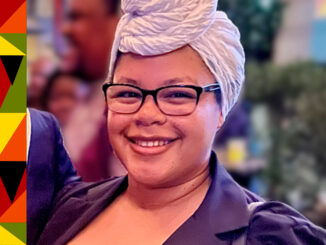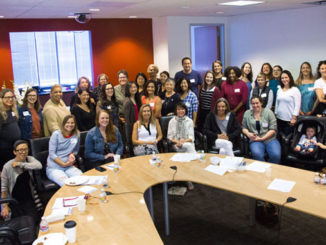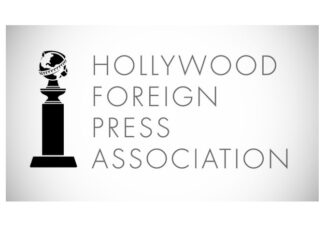
by MPEG Diversity Committee
In the last issue of CineMontage (Q3 2016), the Editors Guild’s Diversity Committee was introduced. This very same issue of the Guild’s magazine also prompted a flood of questions directed to both the Diversity Committee and our Facebook page (www.Facebook.com/Groups/DiversityInPost) about the cover choice, as well as the representation of both women and people of color within the issue. The Committee decided to call a meeting to examine our magazine over the past few years, and to discuss the concerns of our members.
What was glaringly reflected in our magazine’s pages is also reflected in our industry as a whole. As we perused through back issues of the magazine, there were numerous covers and articles featuring white men, perfectly mirroring the reality of our industry. If the need for a Diversity Committee was not abundantly clear, it was now.
To be fair, the Guild’s Publication Committee, which oversees the magazine and its new stand-alone website (www.CineMontage.org) has since posted an article acknowledging our committee’s concern, which included member responses on our Facebook page as well as the magazine’s website. While it was a great pre-emptive response, it did little to address the issue.
As filmmakers, we deal in the juxtaposition of images — their power and their meaning and the emotions that result from placing one image next to another. The Q3 2016 issue of CineMontage provided some conversation-provoking images that go to the very heart of the reason why the Diversity Committee was formed. Placing the top banner announcing the formation of the MPEG Diversity Committee above an image of a group of very talented, white, male Guild professionals offers a golden moment to open up a positive discussion about inclusion and exclusion within our Guild.
Also, the Table of Contents revealed an eye-opening juxtaposition of a series of images of men in typically empowered poses, and the sole woman in a light-hearted, but most definitely not empowered pose. As we all know, images are very influential. What are these images saying about us and about how men and women and minority Guild members are being portrayed in — or simply left out of — our magazine?
It is important to educate, to define the very images, situations and words that keep us from becoming more inclusive. It is time to say it out loud: The lack of diversity is a direct result of both overt and, much more often, subtle discrimination.
Racism and sexism are both inherently divisive and negative issues. Because of that, do we not address them in our quest for diversity? Until we can honestly call something for what it is — sexist or racist or homophobic or anti-Semitic or ageist — and not be afraid to speak out about it, to give it a name, to say that something is wrong, then the status quo will never change. If something perpetuates a hurtful and negative stereotype that keeps us from being equal in each other’s eyes, in the eyes of the people with whom we work, and in the eyes of the people who hire us, we must speak out about it and work hard to change it.
The Facebook posts that have lit up both our page and members’ individual pages, along with the hundreds of messages about the lack of inclusiveness that were included with the recent Diversity Committee survey, clearly demonstrate that the time has come to have a deep, pro-active conversation about diversity, inclusion and exclusion.
We must start this conversation, which is what we in the Diversity Committee are here to do, and we hope that you will join with us. Together, let us make our Guild reflect the diversity of our country, offering fair opportunities to all under-represented groups and bringing new voices, new insight, new understanding and new creative visions to the betterment of our industry.





